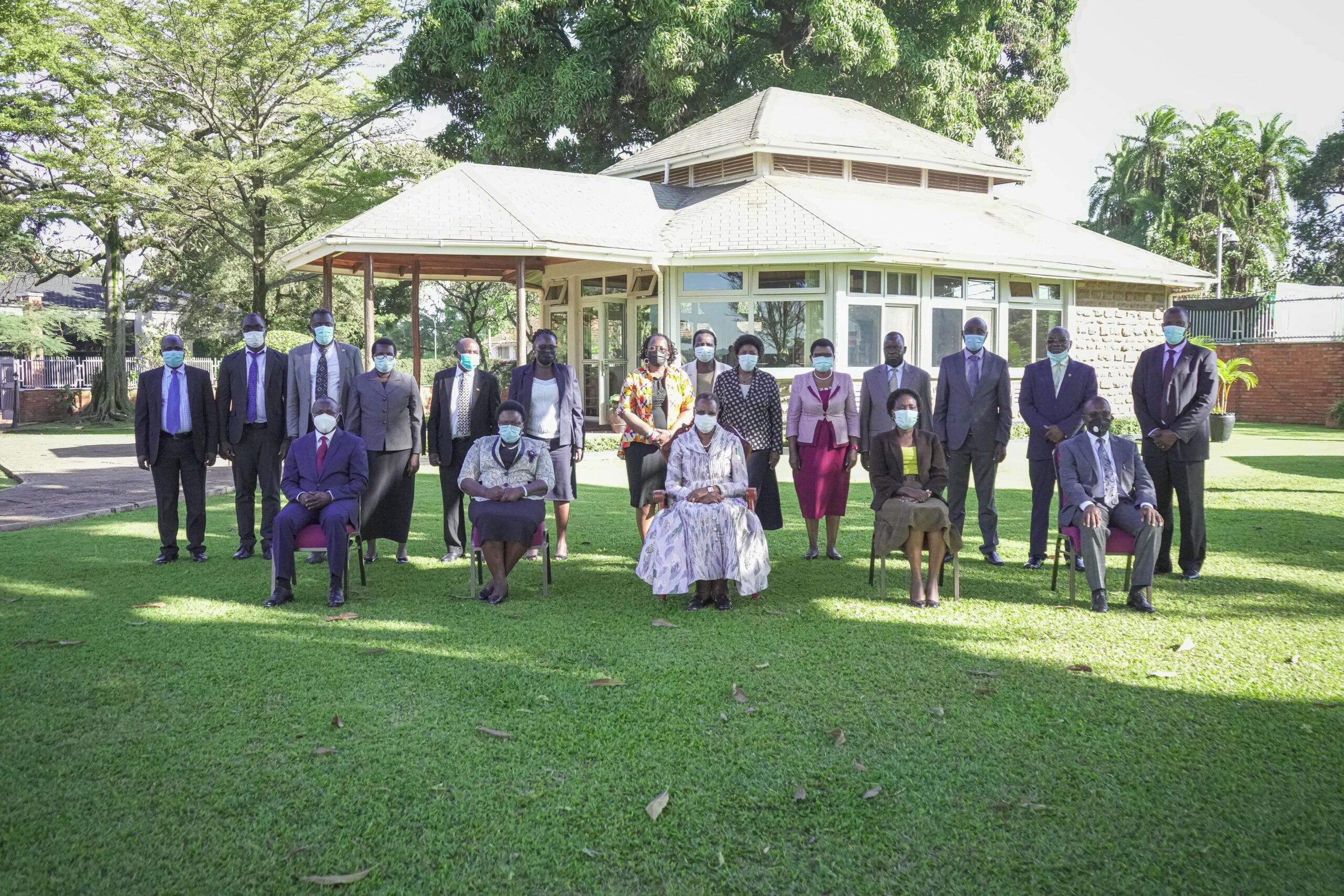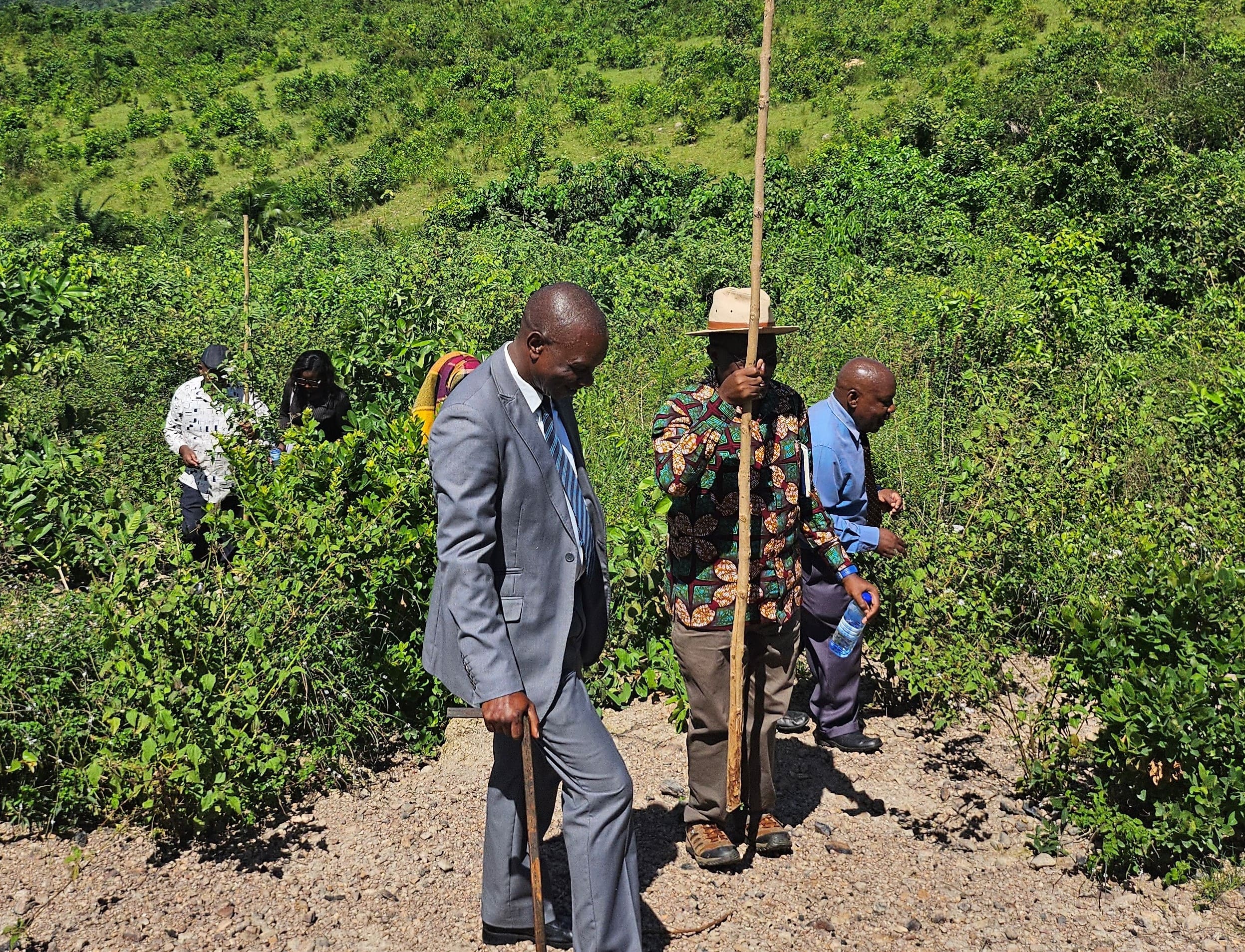history
THE BACKGROUND
The Uganda Government Education White Paper 1992 and the Kajubi Report recommendations of 1989 focused on expanding the functional capacity of educational structures and reducing inequalities of access to education between females and males, the geographical areas and social classes in Uganda. The White Paper aims to promote equity in the accessibility of Higher Education Institutions (HEIs) as well as the democratisation of the education sector in the country. Based on the White Paper and Kajubi’s recommendation, the Government of Uganda continues setting up new institutions of higher learning in a well-planned and properly coordinated manner.
Establishing public universities in different parts of the country plays a critical role in the social-economic transformation. This is premised on the belief that universities can contribute to Uganda’s Third National Development Plan (NDPIII) agenda of human capital development. Universities churn out appropriate and adequate human capital that increases societies’ production, productivity, and technological growth. Against this background, the Ugandan government of Uganda, in 2015, declared the establishment of public universities in different regions including the Bunyoro Sub-region. Accordingly, H. E. President Yoweri K. T. Museveni directed the Ministry of Education and Sports (MoES) to establish Bunyoro University as a public university on 17th Aug 2021. Following the directive, the 1st Lady and Minister of Education and Sports, Hon. Janet K. Museveni on 1st July 2022 appointed a six-member Taskforce Management Committee to establish Bunyoro University as a Public University. The Committee was inaugurated by the 1st Lady and Minister for Education and Sports on 18th August 2022.
The Taskforce Management Committee (TMC) was given twenty Terms of Reference (ToRs) to guide its operations. The task force committee has been able to accomplish the following terms of references;
- Establishing of offices of the Task Force Management Committee in Hoima: The task force identified and procured office premises at Plot 5A Circular Road Kijungu Hoima City.
- Carry out wide stakeholder consultations regarding the establishment of the University, including the location and name of the University: The TMC carried out consultations with different stakeholders (i) Local Government leadership (ii) Cultural leaders (iii) Opinion leaders (iv) Bunyoro Parliamentary Caucus, (iv)
Government Ministries Departments, and Agencies (MDAs). TMC also benchmarked with other Universities inside and outside Uganda. Inputs from the consultations have guided the location of the university, development of Academic programs, strategic plan, and policies. - Land acquisition Processes: As guided by the
President of the Republic of Uganda, the TMC is aiming at establishing a university based on a Multi-campus system, with a campus in each of the
sub-regions of Greater, Hoima, Greater Kibaale, and Greater Masindi. The process, therefore, of acquiring land has aimed at identifying suitable parcels of land to host a university campus in each of the above sub-regions. - Development of Academic programmes: A total of nine (13) academic programs have been developed and submitted to the UNCHE through the MoES.
- Development of a strategic plan for the university: The TMC has produced a final draft copy of the Strategic Plan for Bunyoro University that will be approved by the Council once it is established.
- Development of the key policies, procedures, and regulations for the management of the university: The TMC is developing key policies for Bunyoro University most of which are in draft form and are to be approved once the council is in place.



